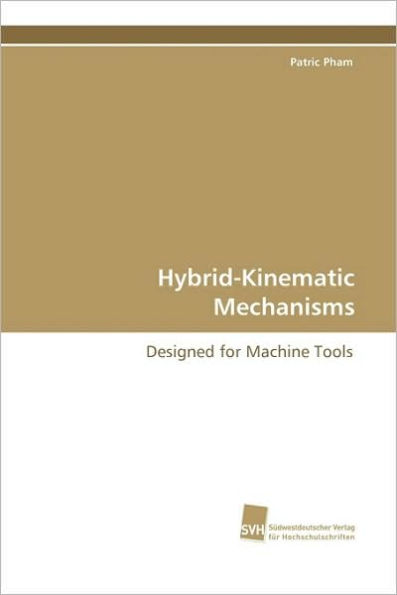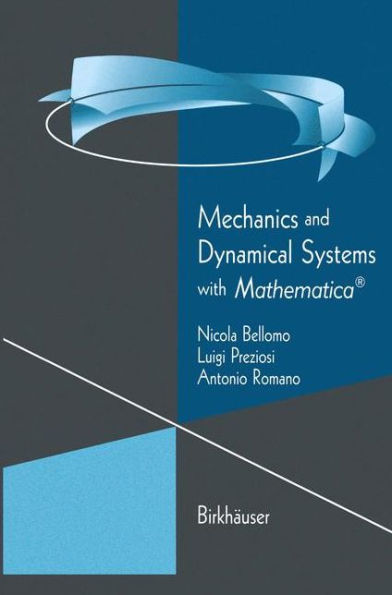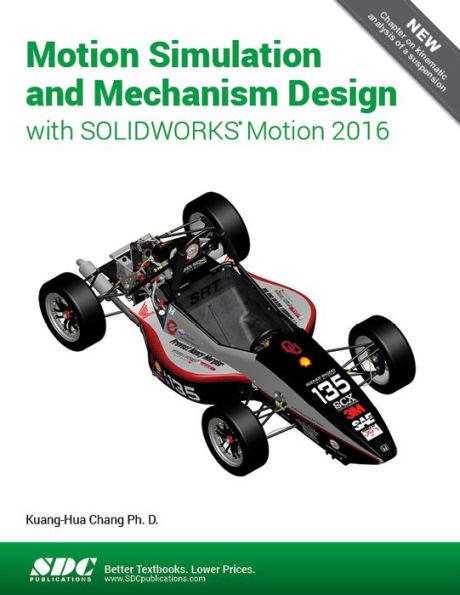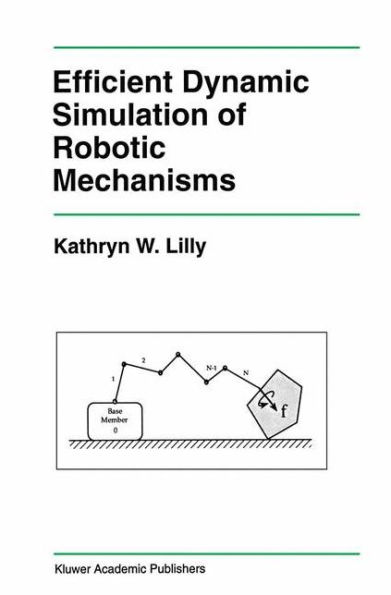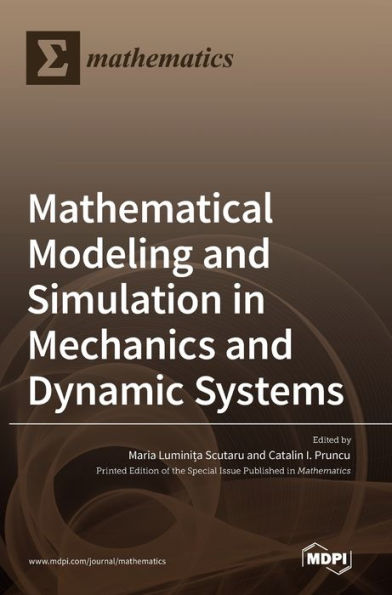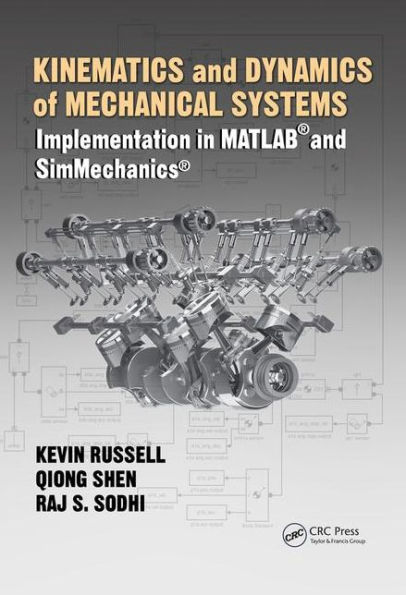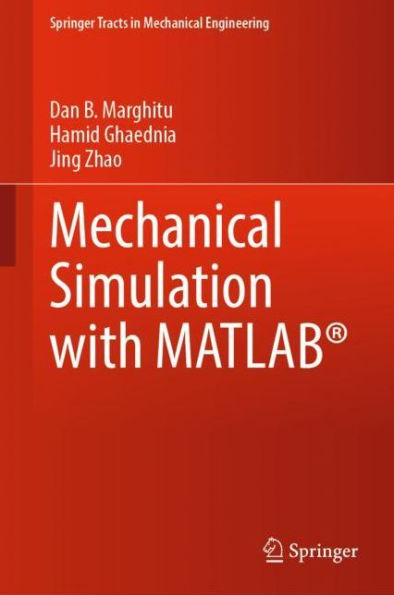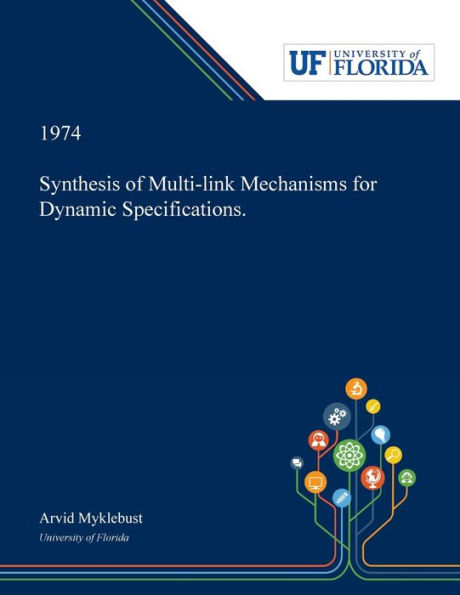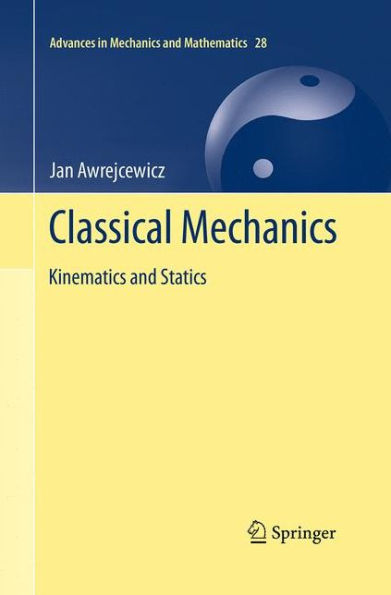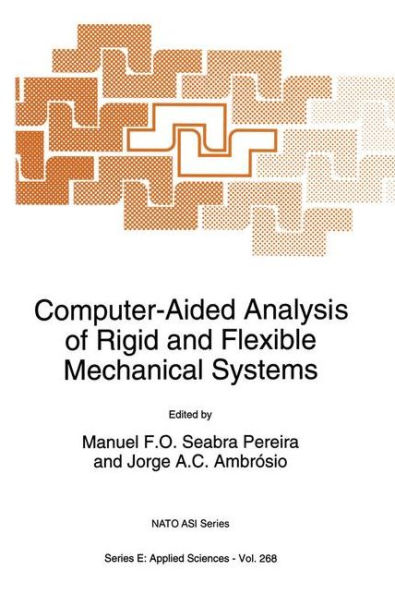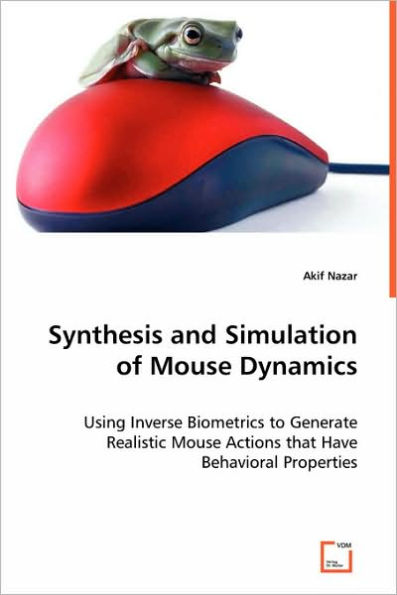Home
Kinematic Synthesis of Mechanisms: Using Excel® and Geogebra



Kinematic Synthesis of Mechanisms: Using Excel® and Geogebra
Current price: $99.99
Loading Inventory...
Size: OS
This textbook covers classical geometrical methods and modern analytical methods in kinematic synthesis of mechanisms. The methods discussed are all implemented geometrically using Geogebra and analytically using Excel®; two readily available tools for personal computers. After a brief history on how the machine science has developed throughout history from the viewpoint of mechanism design, the chapters explain two, three, four and five position synthesis of mechanisms in detail respectively. Geometrical and analytical methods of guiding a rigid body between the given positions, path generation with prescribed timing and correlation of crank angles are covered. Analytical methods are explained using complex numbers. Using relative motion concept, the position synthesis of six-link mechanisms is also taken into account. Roberts-Chebyshev theorem is described and proved, and the use of the theorem in practice is shown. Converting a continuous rotary motion into an oscillating or reciprocating motion has been the main task starting with the windmill or water wheel. The book also explains the design of such mechanisms, and the analytical methods developed for the correlation of crank angles and function generation. Freudenstein’s equation for three, four and five precision points and least squares method for function generation using Freudenstein’s equation are explained. Developments made in Russian school on mechanism synthesis starting with Chebyshev are discussed. Finally, application of optimization in mechanism design is shown with examples. Solver tool as an add-in in Excel® is used, which provides a simple, fast and easy-to-use platform for the optimization of mechanisms.
